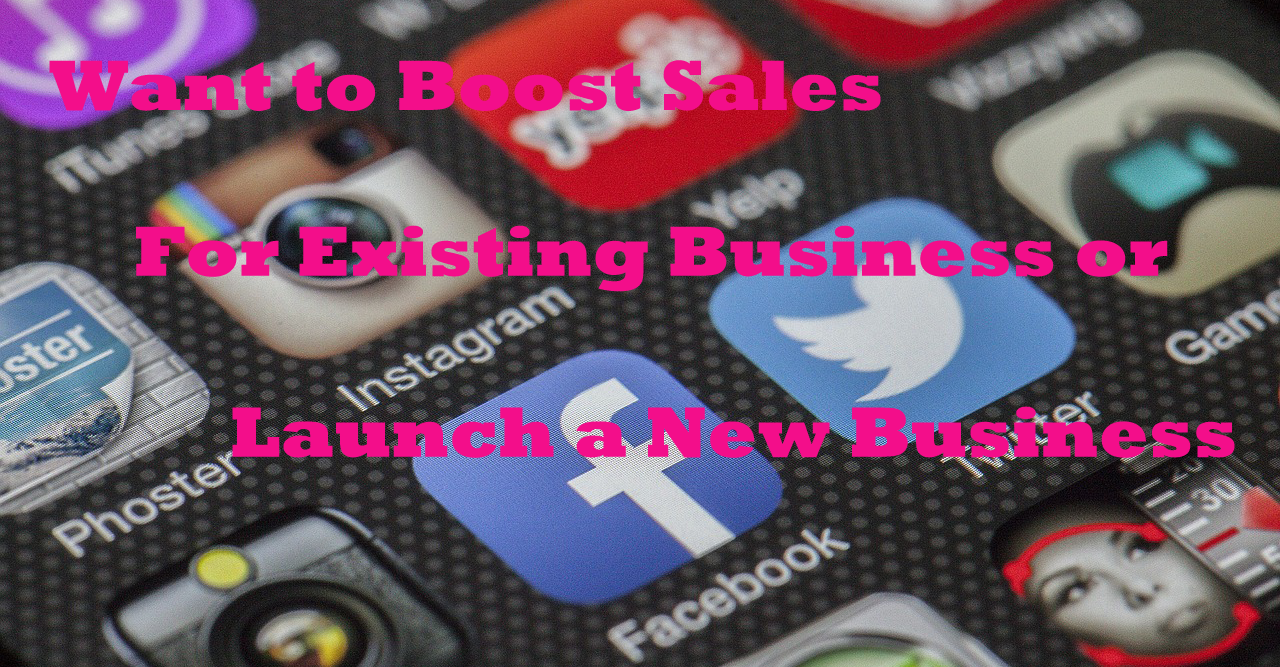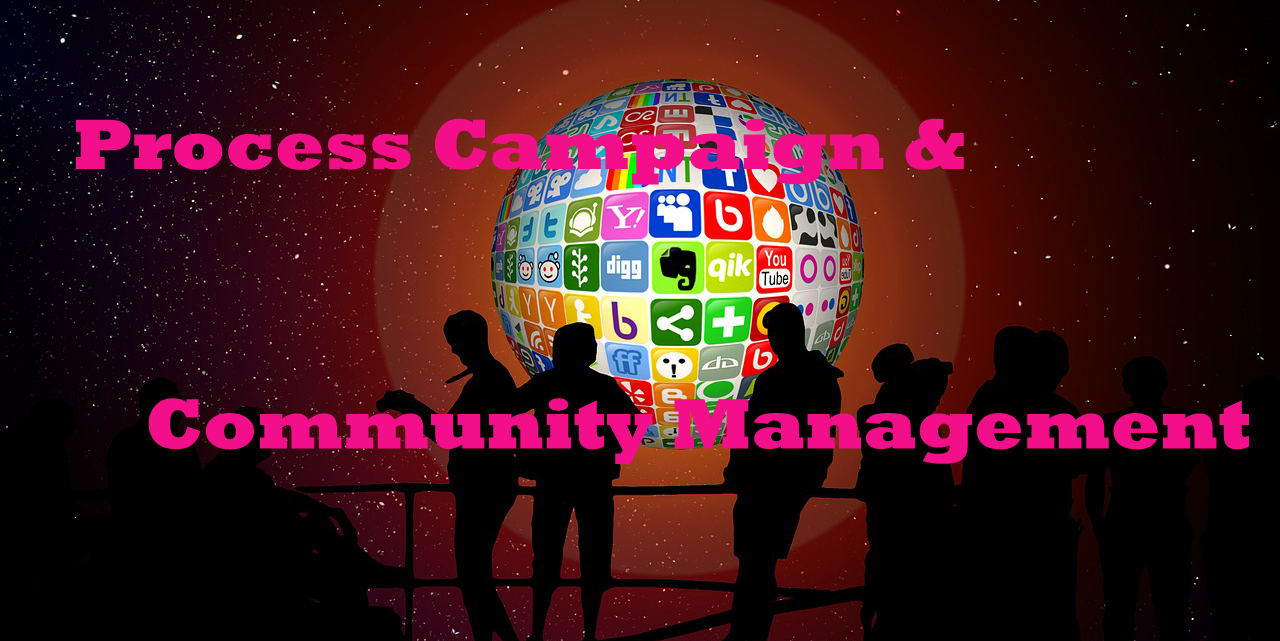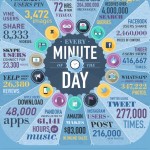
How to Create Captivating Content for Readers & Rankings
Hey, did you know that between 17 and 38% of readers left this page already, without so much as finishing this sentence? (If you’re still reading, here’s an Internet cookie for you.)
If the results here are anything like the test Slate Magazine imposed on itself to become it’s own guinea pig, about half of all people will only get through half of this article. By the time text reaches the equivalent of scrolling through three pages, only around 25% of readers are still hanging on. According to current Alexa Rankings, Slate is ranked 557 out of every website across the globe and 151 in the United States. That’s not a bad ranking at all, considering Newsweek ranks 4,903 globally and 1,822 in the United States. What is it that sets apart two similar websites so much?
A Tale of Two Websites: Who Was Read the Most?
In all fairness, Newsweek is a reputable site, too, and they do a lot of great things. So, for the purpose of making the differences in web content glaringly obvious, this article is going to compare Slate with News Ledge, a randomly selected website which is ranked 57,133 in the United States and 237,598 globally.
The two websites Slate and News Ledge posted stories about privacy concerns with Samsung smart TVs one day apart. Those casually reading have obviously picked up the differences, asSlate’s story has 2.6k Facebook shares, 228 Twitter shares, and 93 comments at press, while News Ledge’s similar story has had 336 views and no comments. Their page does not show how many shares the article has, but it’s safe to say that if it has any at all, it’s certainly less than Slate’s.
Before we get going on storytelling, we’ll compare various elements of solid content marketing and see how each story measures up. By the end of this, you’ll be able to measure and compare your own content marketing efforts to see how they stack up.
500+ Websites Created Daily: Making Google and Real Readers Happy
It’s estimated that 571 new websites are created every single minute of every day, plus an additional 347 blogs are posted to WordPress alone in each 60-second span. In order to gain in search engine rankings and increase readership, your content has to be spot-on. Content marketing is the answer to both of these conundrums, but it originally relied upon intuition and guesswork to determine what would be of interest to readers. However, as time has passed, there’s been a shift towards performance marketing, or using analytical information to not only understand who the target audience is, but also which topics are trending within a particular niche. In this regard, both Slate and News Ledge nailed it. Without a doubt, the authors of the articles knew that privacy concerns and technology are hot-button topics, sure to interest most people on the net.
Why You Absolutely Must Be Creating Content Over 2,000 Words
Forbes Magazine points out that not even the experts can agree on the ideal length for a blog or article. On one hand, we know that readers have especially short attention spans. One studyindicates that people will read about half of a page when it contains 111 words. On an average page with 593 words, readers take in, at most, 28-percent of the total content. By these standards, authors should be pushing for lower word count articles, to ensure more of their work gets read. The down side to this, according to Forbes, is that Google likes longer pieces, to the tune of 2,000 words.
Because research indicates that the top ten results in Google searches consistently returns pages with at least 2,000 words, hitting a high word count is essential for the sake of SEO.
Long pieces are also known to:
- Have a higher rate of Twitter shares (61.8-percent more if the article is greater than 1,500 words)
- Have more Facebook likes (22.6-percent more if the article is 1,500 words or more)
- Have higher reader engagement, which can be seen in the number of comments it receives
- Increase the number of quality backlinks the article receives
Using an online tool that checks various bits of data, including word count, it was determined that Slate had 1,465 words and News Ledge had just 840. If the articles were of equal quality in other areas, this, alone could account for the share disparity.
The Importance of Data and Links
Google uses the links on a webpage to crawl from one page to another. Any links within your content that link to another area of your website are used to help Google index it better. Links to outbound sources can increase search engine ranking, but only when they lead to a reputable source. They can also increase the trust a reader has in the content you’ve produced. The Slate article included two internal links and six outbound links, all of which were to reputable sites likeThe Daily Beast and NPR. News Ledge included one internal link and two outbound links, which were also to reputable websites. Both articles explain what the underlying privacy concerns are and also provide a solution, though Slate goes much more in depth about the scope of the problem and includes more information overall.
Bye Bye, Reader: Did You Know Page Layout Can Sink a Site?
Google updated their algorithm to penalize websites with little actual content above the fold, because users reported being unhappy when they couldn’t find what they were looking for right away.
For this reason, your content needs to be easy to skim and be light on ads.
Neither of the dueling websites is ad-heavy, though Slate includes some content above the fold and News Ledge forces you to scroll past a supplementary image before you can see anything other than a title. That’s enough to put some readers off, and they may simply leave the site without ever having read a single line. Generally speaking, though, posts with visual media are liked and shared more often and are ranked higher in search engines. While Slate’s image wasn’t wow-worthy, it was conservative enough that it didn’t detract from readability.
Using a Data-Driven Approach to Storytelling
Content marketing, and using data to increase the overall performance of a piece, is still an integral part of the SEO puzzle. Before you commission a piece or sit down to write one, you should not only know whether the topic will be of interest, but also who your audience is based on analytics. It would stand to reason that an article based on technology and privacy would be of greatest interest to people who read at a high school-level, at the very least. To see how the two articles in question measured up, they were run through an online tool which gave them a Gunning Fog Index readability rating. Rankings up through 12 correlate loosely with American grade levels, though the scale goes as high as 20. An 8 is ideal for a general audience and a 6 is considered very easy reading. The Slate article registered as a 9.4, while News Ledge scored a 4.7. In other words, the News Ledge article was written at such a low level, there’s a good chance it didn’t appeal to the very people who would be most interested in the topic. If you’re curious, the piece you’re reading right now came in at a 10.2, which is perfectly within reason, considering you’re obviously part of an intelligent and informed audience.
So, Who Won the War on Content Marketing?
Tongue-in-cheek jokes aside, it’s pretty clear which article wins the content war. Both articles covered a very similar topic and included some of the things that make content great. Their topics were timely and relevant. They included links to reputable websites and had adequate layouts, although News Ledge could have done better if they had shrunk down their image. Both authors did a fair job of telling their story and pulling readers through the content as well.
However, Slate did a better job of identifying their target audience and catering to them. The word choices and amount of data included in the article were befitting of the topic and of the audience who was most likely to have interest in it.
Although Slate is a highly popular website, which could also explain the number of shares their article received, News Ledge might have fared better in search engine rankings and secured at least a few shares if they had focused more on quality content and less on simply covering a story.
How You Can Win the War: Proper Content Creation
The amount of data on the Internet these days is astounding. Because readers have so many options, it’s no longer enough to tell a story and hope for the best.
While storytelling is an integral part of the puzzle, today’s online media requires a high-level of expertise and data-driven information in order to perform well, too.
Now I’m not saying NOT to be creative. I am saying to be a little smarter than the person who sits down to just write a story.
Instead of focusing on how to tell a story in the most ingenious fashion, you should be more of a data-driven marketer. Do some research ahead of time and properly poise your piece to be received well by its intended audience. If you do this, you cater to your readers and to the search engines at the same time, and that is what places your content ahead of your competitors in the content war.
By Julia Spence-McCoy, the CEO of Express Writers, an online copywriting agency that began in 2011 with thousands of web content pages written to date and more than 50 talented writers on the team. Her passion is copywriting and all that pertains, including the ever-changing game of Google algorithm updates.





























Recent Comments